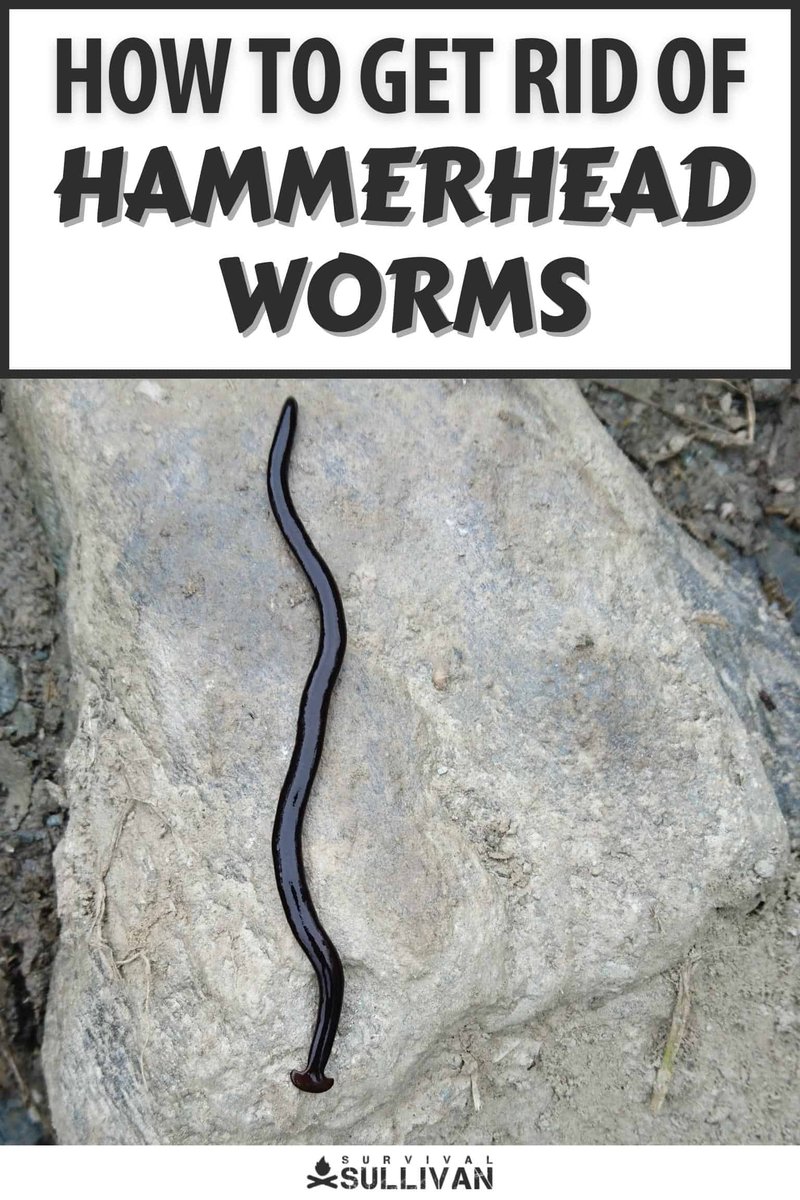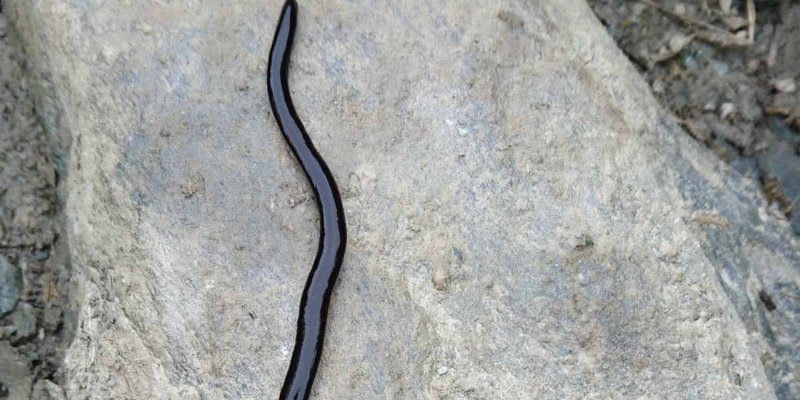
Think of your container garden as a fortress for your plants. Just like a good defense system needs to identify threats, being aware of hammerhead worms is vital to protecting your green companions. These flat, elongated worms, often found lurking in damp soil, may not look like much at first, but they can cause a real headache. The good news? With a few simple tips and tricks, you can outsmart these pests and maintain a flourishing garden.
Understanding Hammerhead Worms
Before we jump into ways to avoid hammerhead worms, it’s essential to understand what we’re dealing with. These worms are typically brown or gray with a distinctive hammer-shaped head, which gives them their unique name. They can grow up to 12 inches long and are often found in tropical areas, making them more prevalent in certain climates.
Hammerhead worms are predators of soil and garden insects, so while they might seem like a natural part of the ecosystem, they can be detrimental to your plants. They feed on earthworms and other beneficial organisms in the soil, disrupting the balance of your garden. If you see these worms wriggling around, it’s your cue to take action!
Choosing the Right Soil Mix
One of the best ways to prevent any pest, including hammerhead worms, is to start with the right soil. A **high-quality potting mix** offers a robust defense against pests and provides essential nutrients for your plants.
When selecting a soil mix, look for options that emphasize well-draining properties and organic materials. You might consider blends that include peat moss, coconut coir, and compost. Avoid garden soil directly from your yard; it can contain pests and diseases lurking in the dirt. Instead, aim for a mix designed specifically for container gardening.
Tip: Always check the bag for signs of pests or mold before bringing any soil home. A little vigilance goes a long way!
Watering Wisely
Watering your plants might seem straightforward, but it plays a significant role in pest control. Overwatering can create a damp environment, which hammerhead worms love. They thrive in moist conditions, so it’s essential to find a balance.
Here’s the thing: make sure your containers have adequate drainage holes. This helps excess water escape, keeping the soil from becoming too soggy. When you water, aim to do so in the early morning. This gives your plants a chance to soak up moisture before the heat of the day, reducing the chances of mold and pest issues.
Pro tip: Use a moisture meter or your finger to check the soil’s moisture level. If it’s still damp an inch down, it’s best to hold off on watering.
Implementing Natural Pest Control
Sometimes, you don’t want to reach for harsh chemicals to keep pests away. There are several **natural remedies** you can employ to fend off hammerhead worms and other unwanted guests.
One popular method is using diatomaceous earth (DE). This powdery substance is made from tiny fossilized algae and can be sprinkled on the soil’s surface. When worms and other pests come into contact with it, DE cuts through their skin, ultimately leading to dehydration.
Another option is introducing beneficial nematodes to your garden. These microscopic worms are natural predators of hammerhead worms, helping to keep their population in check. Just mix them into your soil according to the instructions on the package, and watch your garden flourish with fewer pests around!
Regularly Inspecting Your Plants
In gardening, an ounce of prevention is worth a pound of cure. Make it a habit to inspect your plants regularly. Look for signs of distress, such as wilting leaves or unusual spots on the foliage. This vigilance will help you catch any potential issues early, including the presence of hammerhead worms.
Use a small trowel to check the soil in your containers. If you notice any of these worms, remove them immediately to prevent further spreading. Don’t forget to check the undersides of leaves and stems, as pests sometimes hide there.
Remember: A little attention each week can go a long way in keeping your container garden healthy.
Choosing the Right Containers
The containers you choose can significantly impact your garden’s health. *Not all pots are created equal!* Look for options that are well-draining and allow for air circulation. Terra cotta pots are a fantastic choice because they breathe well, preventing moisture buildup, which is a breeding ground for pests.
Plastic pots can work too but make sure they have holes at the bottom. You might also consider raised beds or self-watering containers, which provide excellent drainage while maintaining moisture.
Ultimately, choosing the right container contributes to a healthy soil environment, making it less hospitable for hammerhead worms.
Creating a Healthy Garden Environment
A thriving garden is less likely to attract pests, including hammerhead worms. You can create a healthy ecosystem by incorporating companion planting. This technique involves growing plants close together that can benefit one another.
For example, planting marigolds alongside your vegetables can naturally deter pests due to their strong scent. Similarly, herbs like basil and rosemary can help keep unwanted insects at bay.
Don’t forget about the importance of maintaining proper spacing between plants. Crowded plants can lead to high humidity levels, which hammerhead worms find quite inviting. Provide plenty of room for air circulation, and you’ll promote a healthier environment for your garden.
Staying Informed and Engaged
Lastly, stay updated about gardening practices and pest management. Joining local gardening clubs or online forums can provide you with a wealth of knowledge. Share experiences, ask questions, and learn from fellow gardeners who may have dealt with hammerhead worms or similar issues.
Additionally, reading gardening blogs or following expert gardeners on social media can keep your learning ongoing. The more you know, the better decisions you can make for your container garden!
In conclusion, cultivating a flourishing container garden while avoiding hammerhead worms is absolutely achievable with a little know-how and diligence. By choosing the right soil, watering wisely, and keeping a close eye on your plants, you can create a vibrant oasis just outside your door. So grab a cup of coffee, roll up your sleeves, and let your gardening adventure begin!

